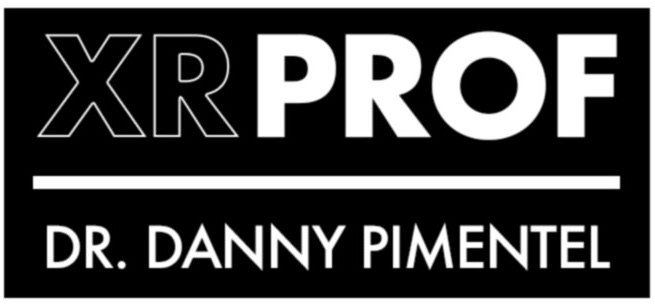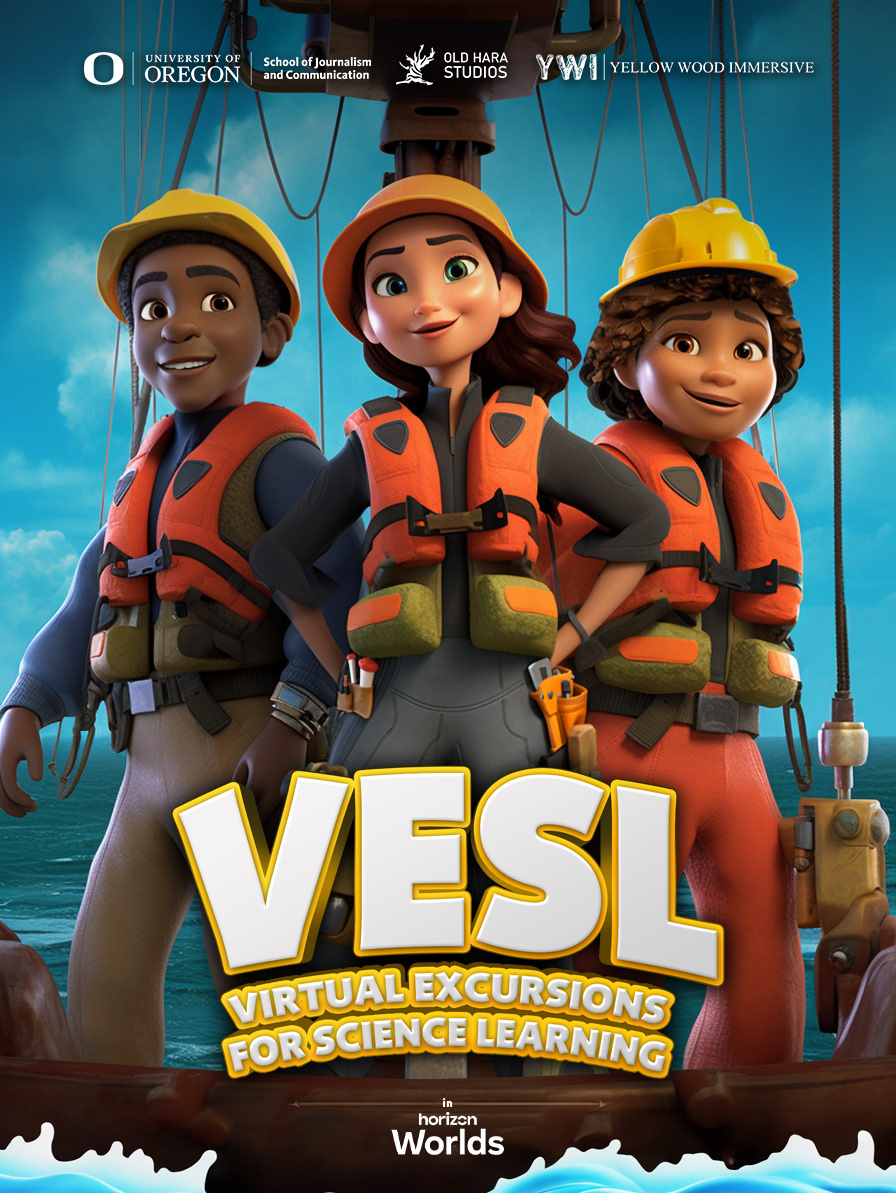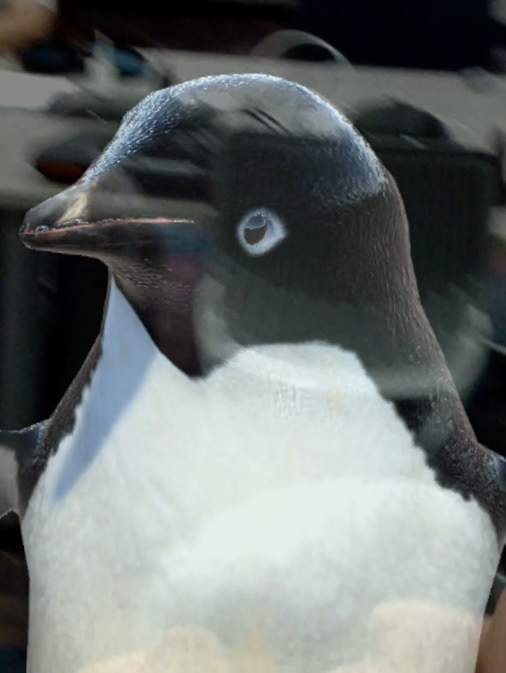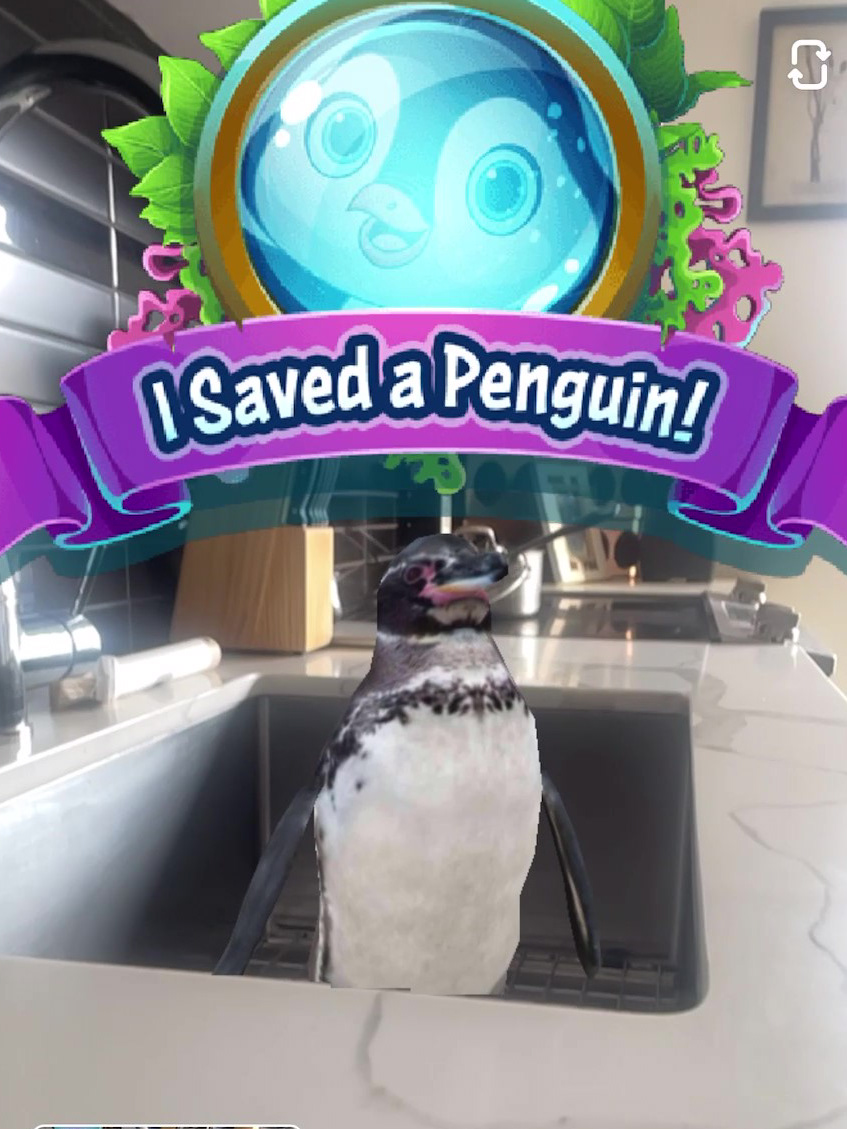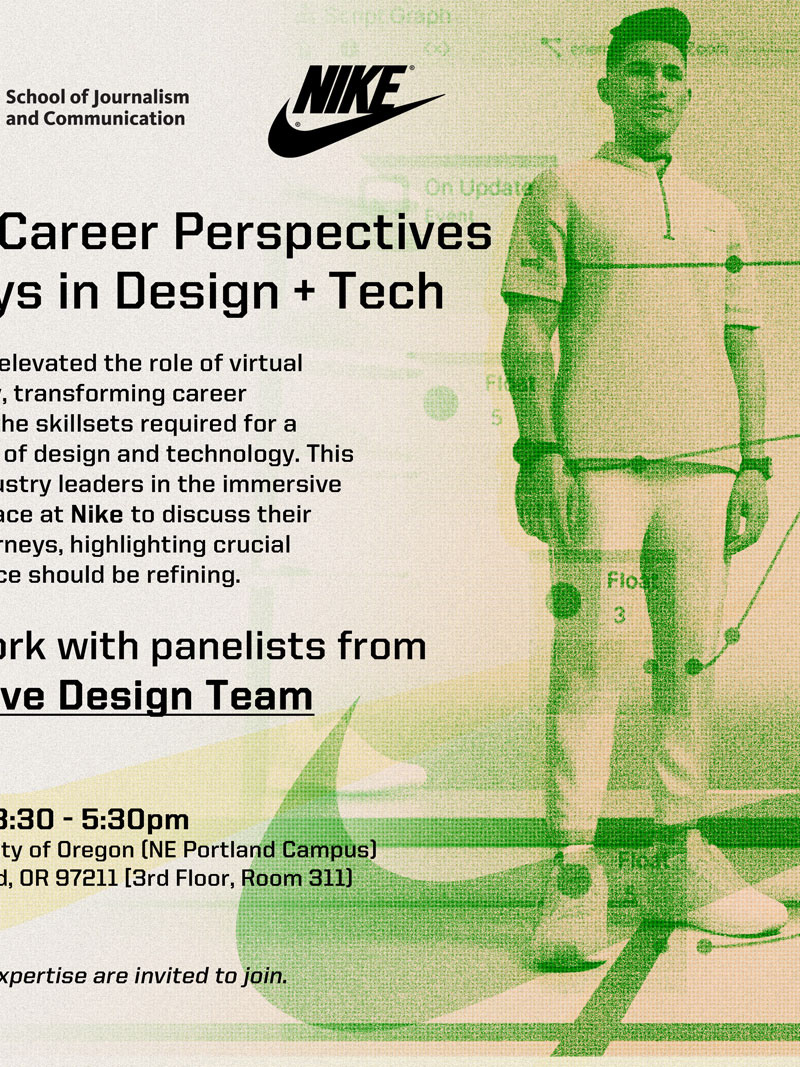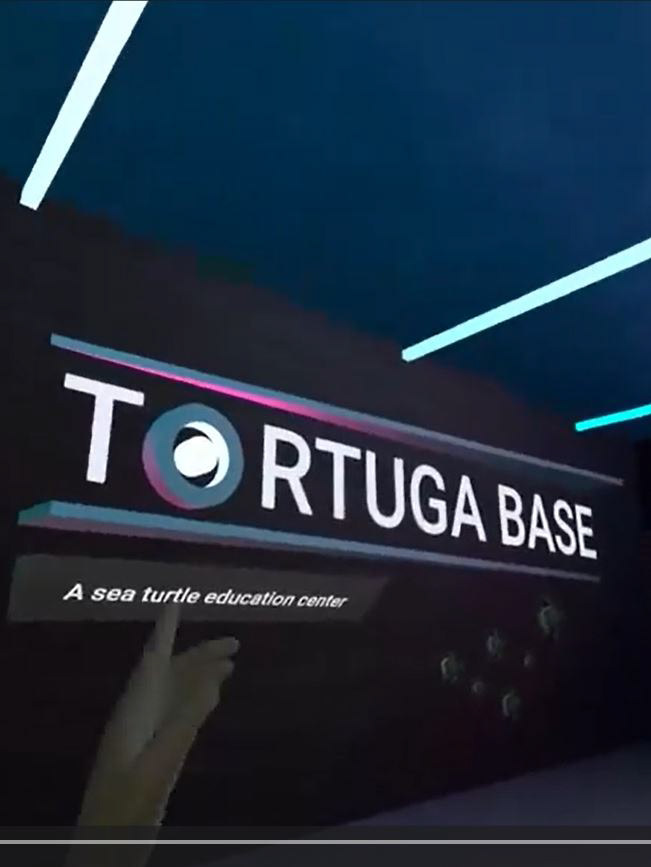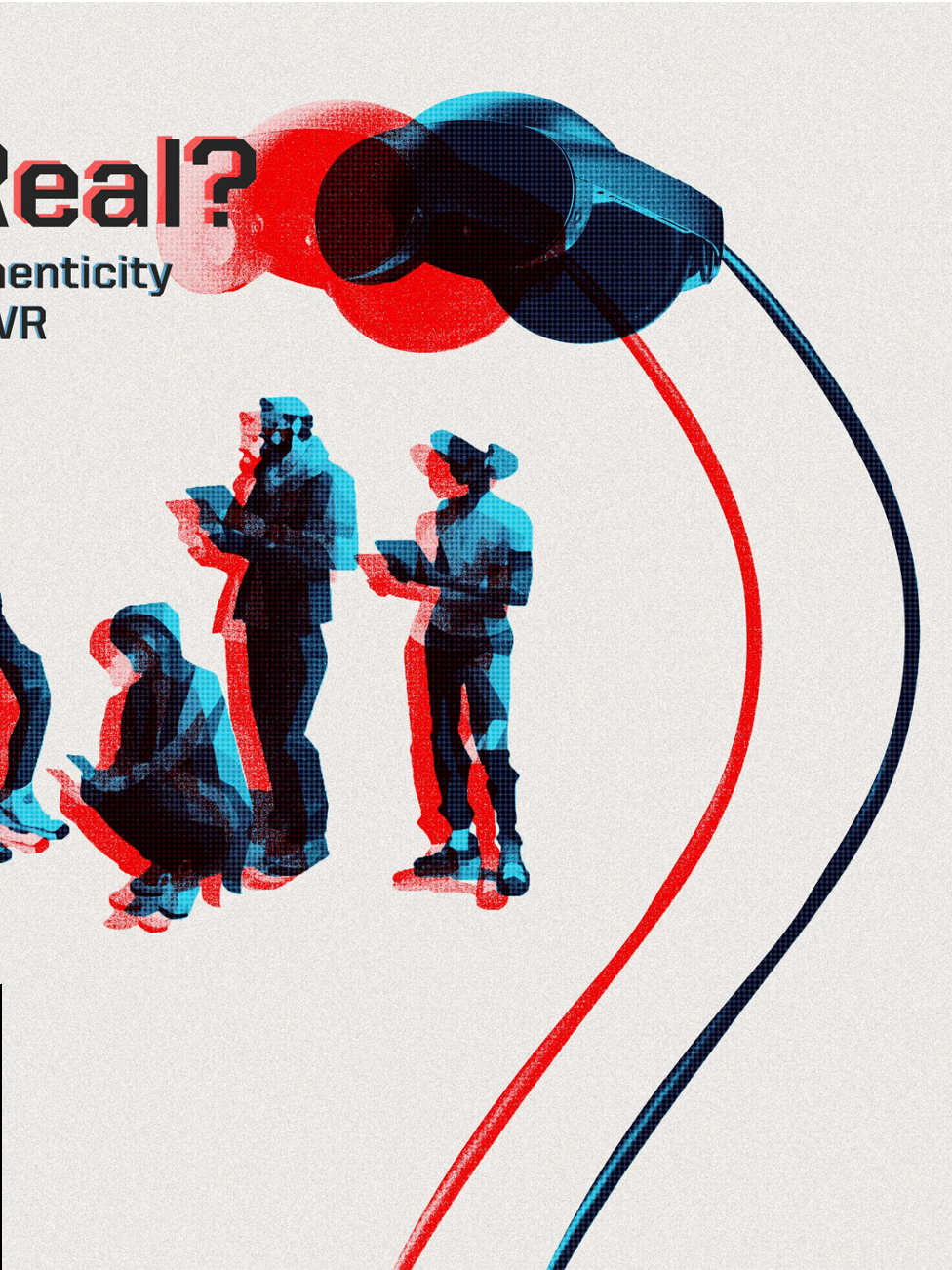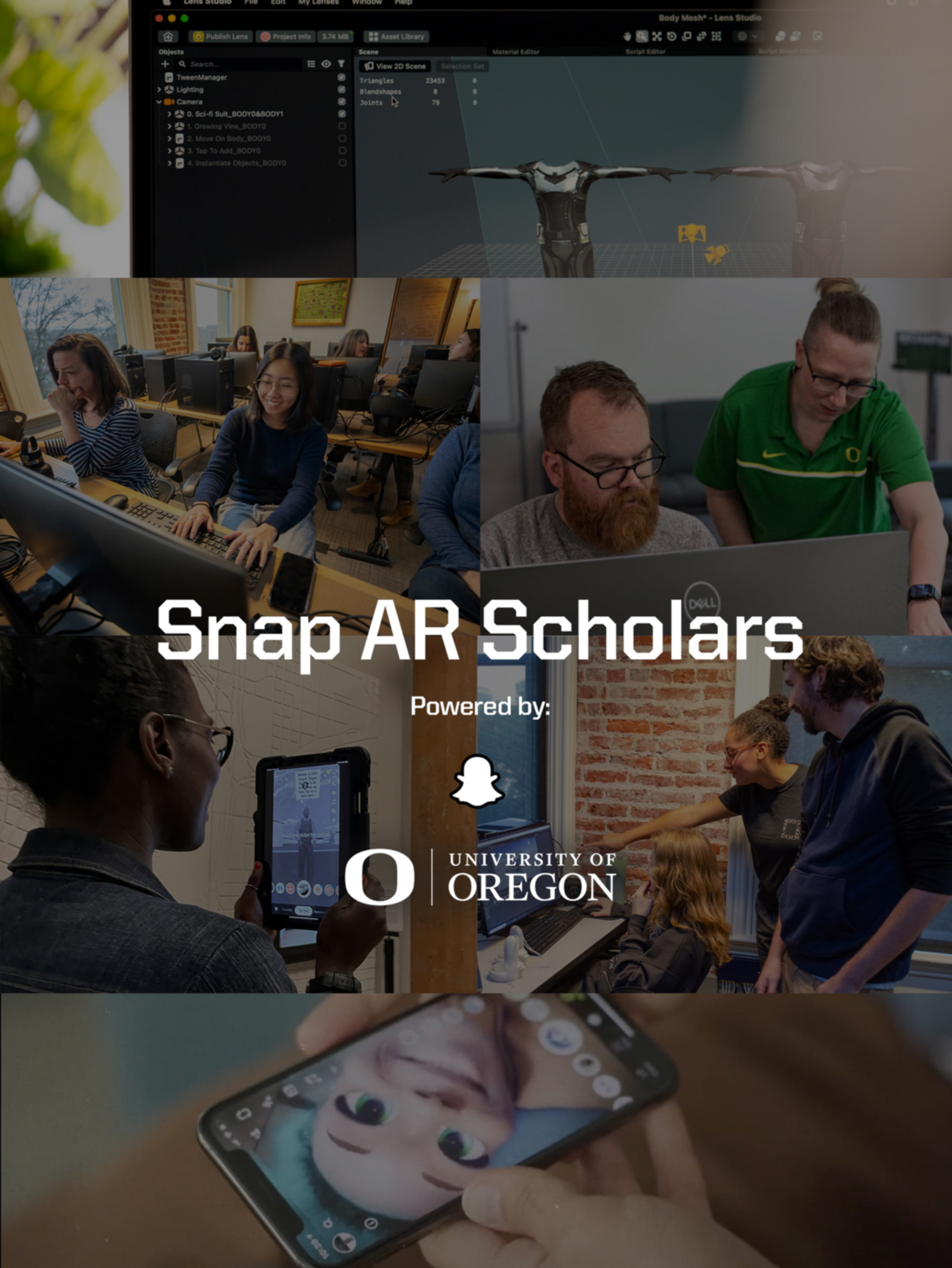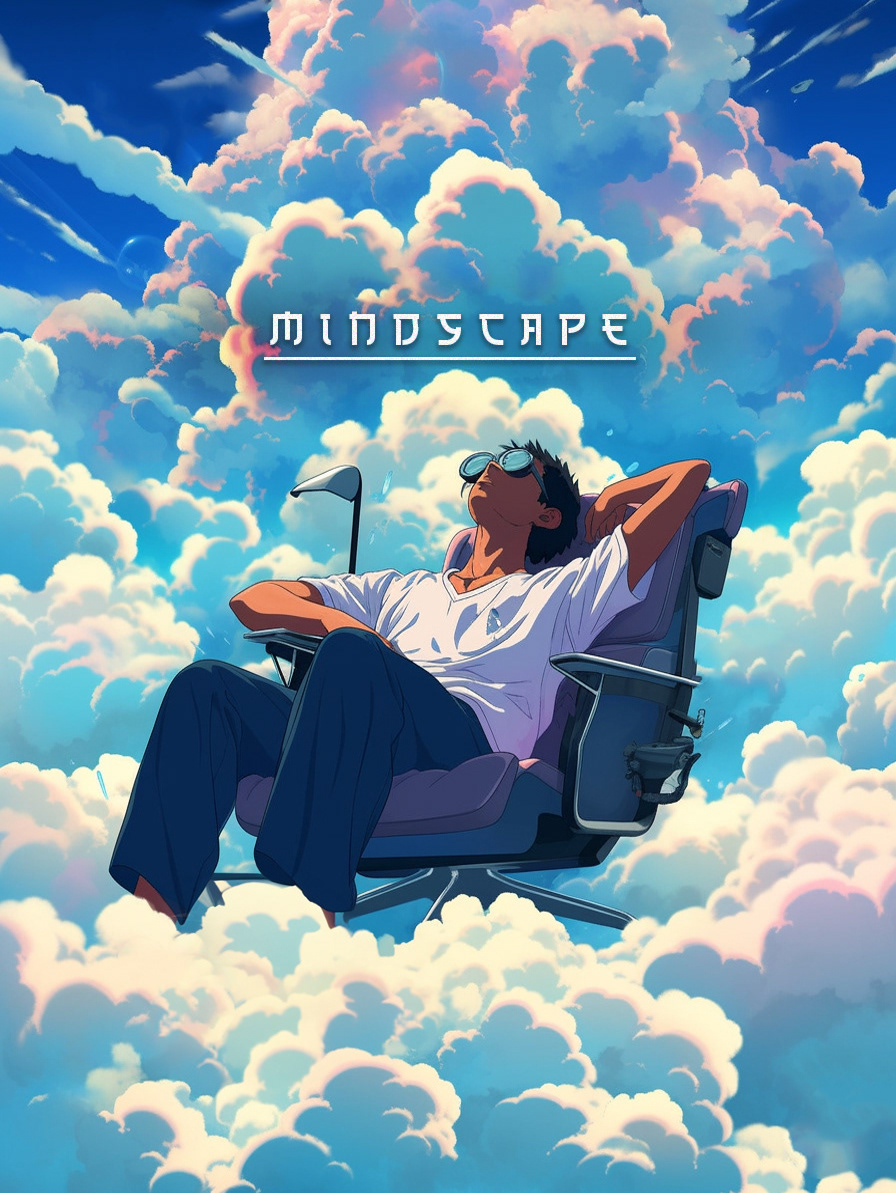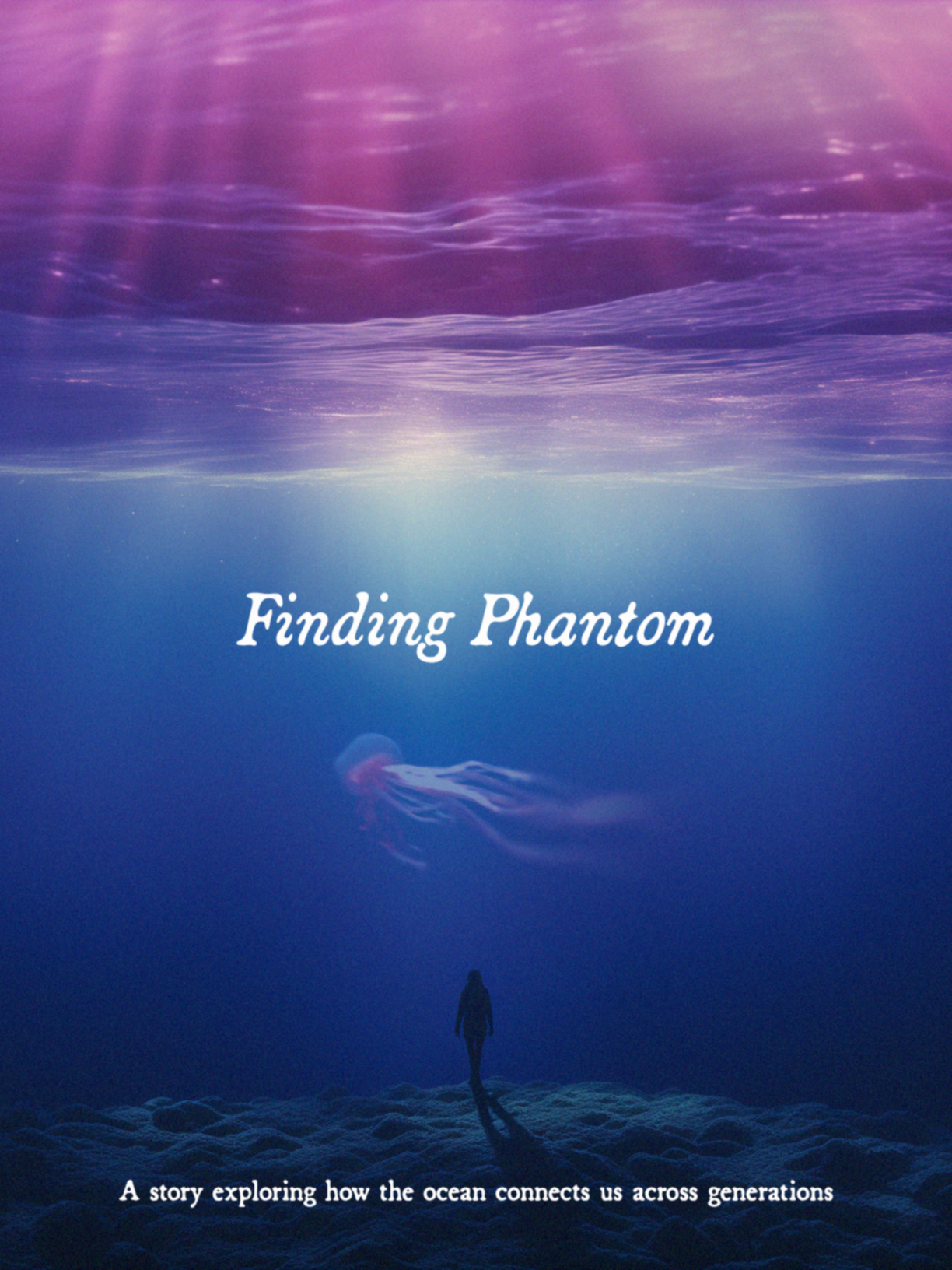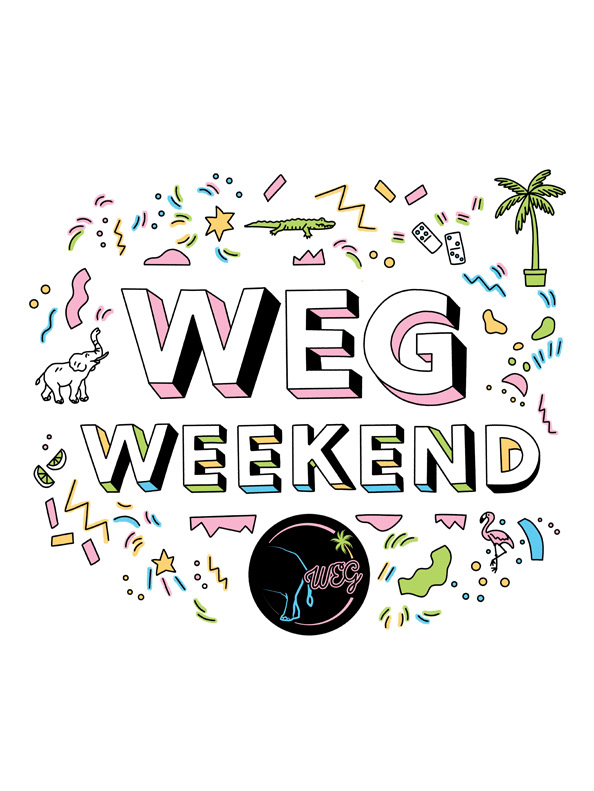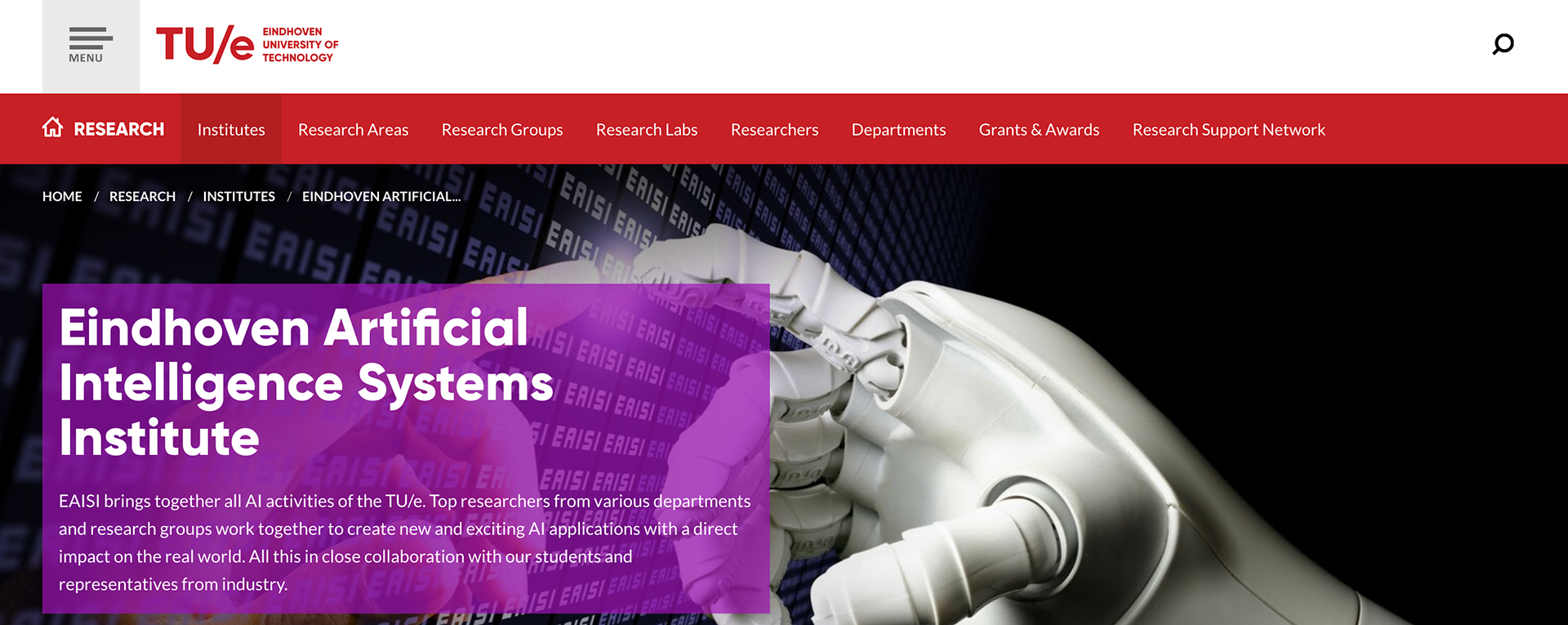
Workshops: Using AI in AR/VR Development Pipelines
AI for 2D Ideation and Storyboarding (9/6/23)
Turning 2D Content Immersive with Generative AI (9/8/23)
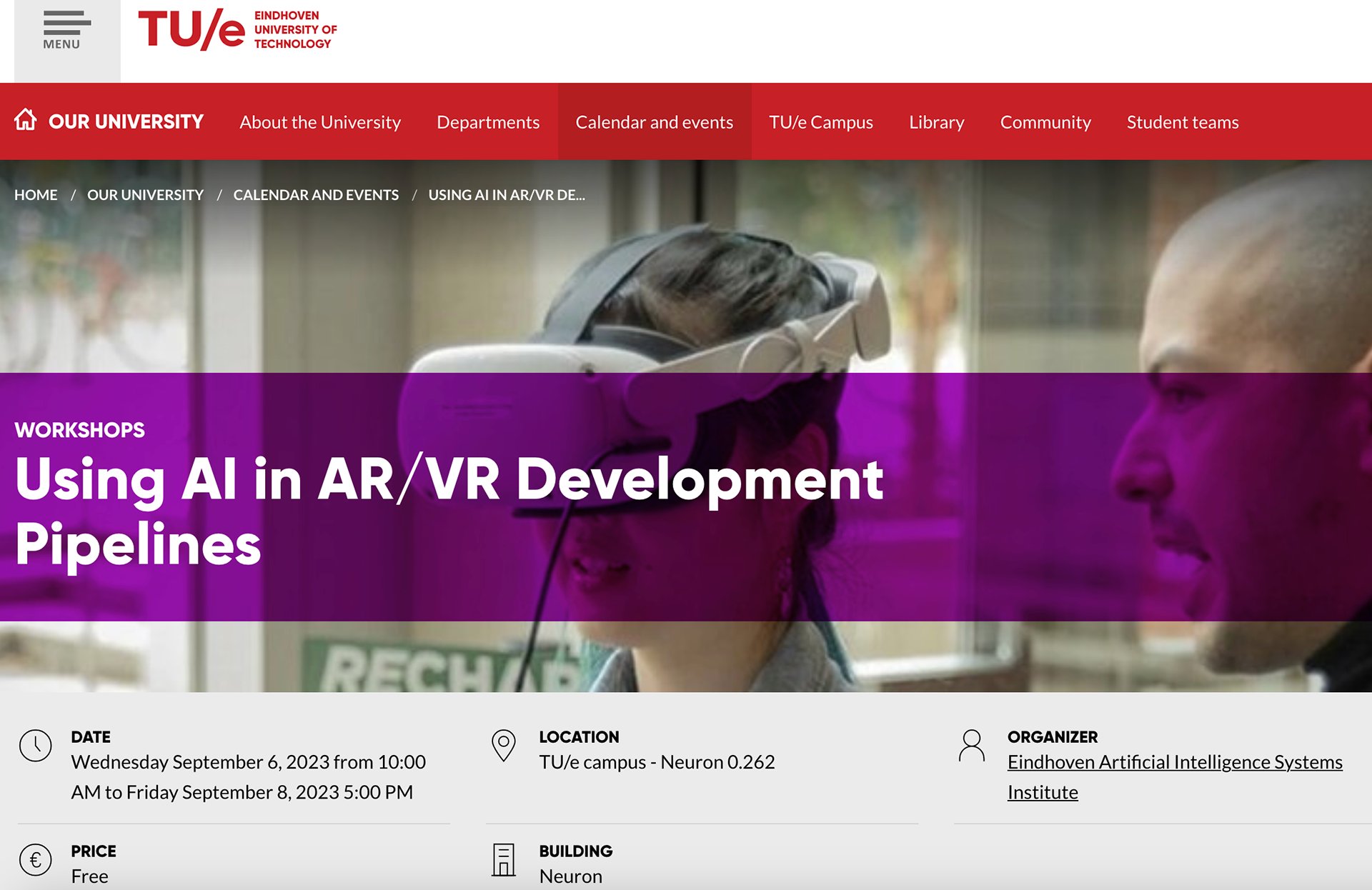




Workshop output: AI-driven skyboxes
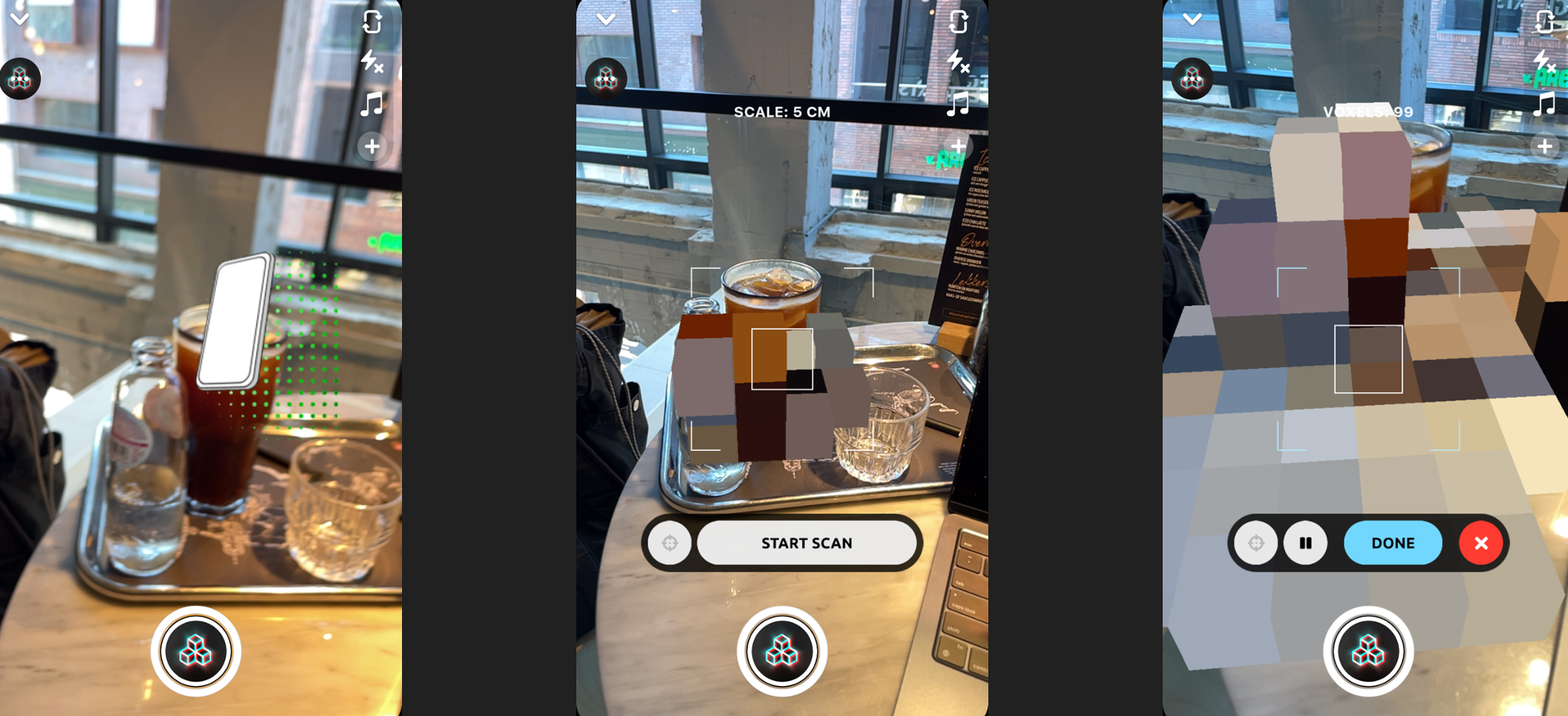
Example of using Snapchat for creating voxel digital twins
Lectures: TU/e + University of Amsterdam
Turning the Tide: How Digital Twins and Spatial Computing can Achieve Sustainable Development (9/5/23)
Location: TU/e
There is consensus among international leaders regarding a need for interdisciplinary climate change solutions that center marine conservation given the cascading effects of a warming ocean on the global economy. Achieving sustainable development goals requires understanding the psychological factors that impede pro-environmental attitudes and behaviors, such as low ocean literacy/empathy and a widening human-nature gap. As co-director of the University of Oregon’s Reality Lab, my program of research focuses on how emergent media platforms can address these gaps. In this talk I will discuss how environmental NGOs can create and leverage digital twins as a strategic communication tool for sustainable development. Specifically, I will share insights from ongoing industry-academic partnerships (e.g., National Geographic, Meta, Snapchat) that leverage digital twins in tandem with spatial computing systems, namely augmented and virtual reality (AR/VR), to influence pro-environmental attitudes and behaviors. I will then outline the psychological mechanisms through which engaging with digital twins in AR/VR can contribute to sustainable outcomes at scale, followed by a review of best practices, pitfalls, and ethical concerns inherent in this work.
Planet B?: Exploring the Implications of Environmental Digital Twins for Conservation (9/14)
Location: University of Amsterdam, Center for Sustainable Development Studies
As the conservationist rallying cry states, “There is no Planet B”…or is there? Digital twin technology is rapidly enabling the creation of 3D replicas of the natural world, from interactive 3D models of wildlife to complete recreations of entire forests. When paired with augmented and virtual reality (AR/VR) digital twins come to life, facilitating human-nature interactions that are otherwise out of reach or impossible to facilitate in the real world. In this talk I will review ongoing industry and academic work involving the creation, application, and evaluation of environmental digital twins in the context of biodiversity conservation. Audiences will leave with a greater understanding of the science behind why digital twins can be an effective environmental storytelling tool, as well as practical insight into its strategic use in environmental communication.

Lecture at the University of Amsterdam

